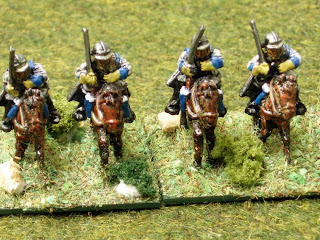...and in this case, this visit was no different... so what were the highlights?? Well, on the wargaming front I wandered up to have a good look at the castle (picture above from the excellent undiscovered scotland site..)
I also got to visit Wonderland a huge model shop that I was originally tipped off to by Fire At Will - well worth a visit, but almost certainly of more interest to the plastic collectors amongst us than fans of the little metal men...
..other than that the other highlights were the beer (Caledonian "Deuchars" and "XP", Stewart "Cascade" were the best), the people (much more friendly than donw here in the south!), and the undisputed highlight for me as a Rebus reader was a visit to the Oxford Bar (his hang-out in the books) - fantastic (and the beer was good too, as you would expect!)
Having got back yesterday and re-read the part 2 write up, I was a little disapointed in the quality of my writing, so I have gone through and corrected/added/edited as appropriate - in my defence I was a little rushed and the PC in question was very slow!




















